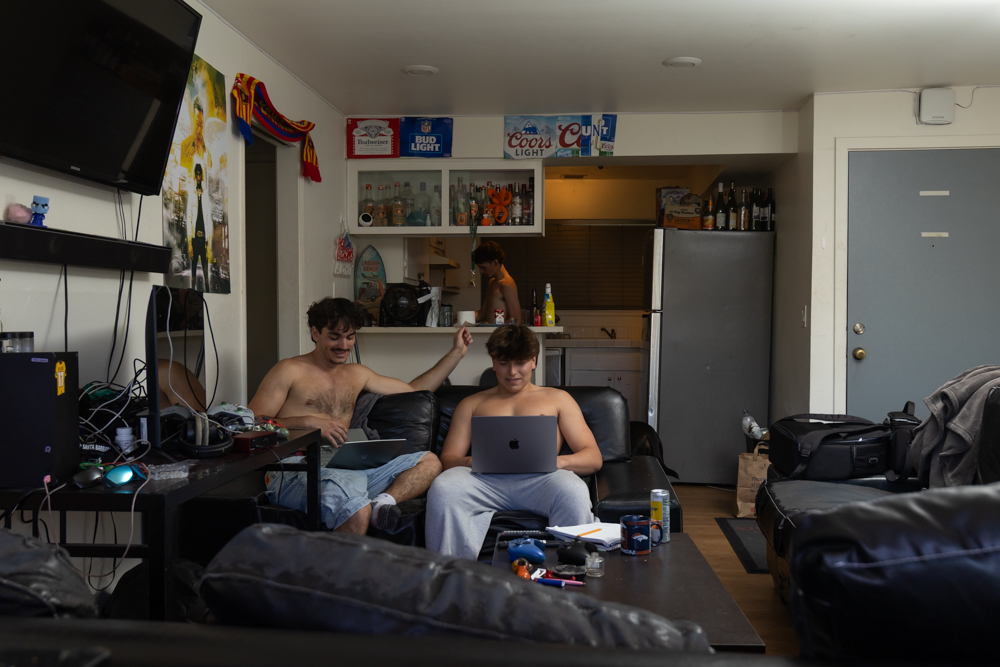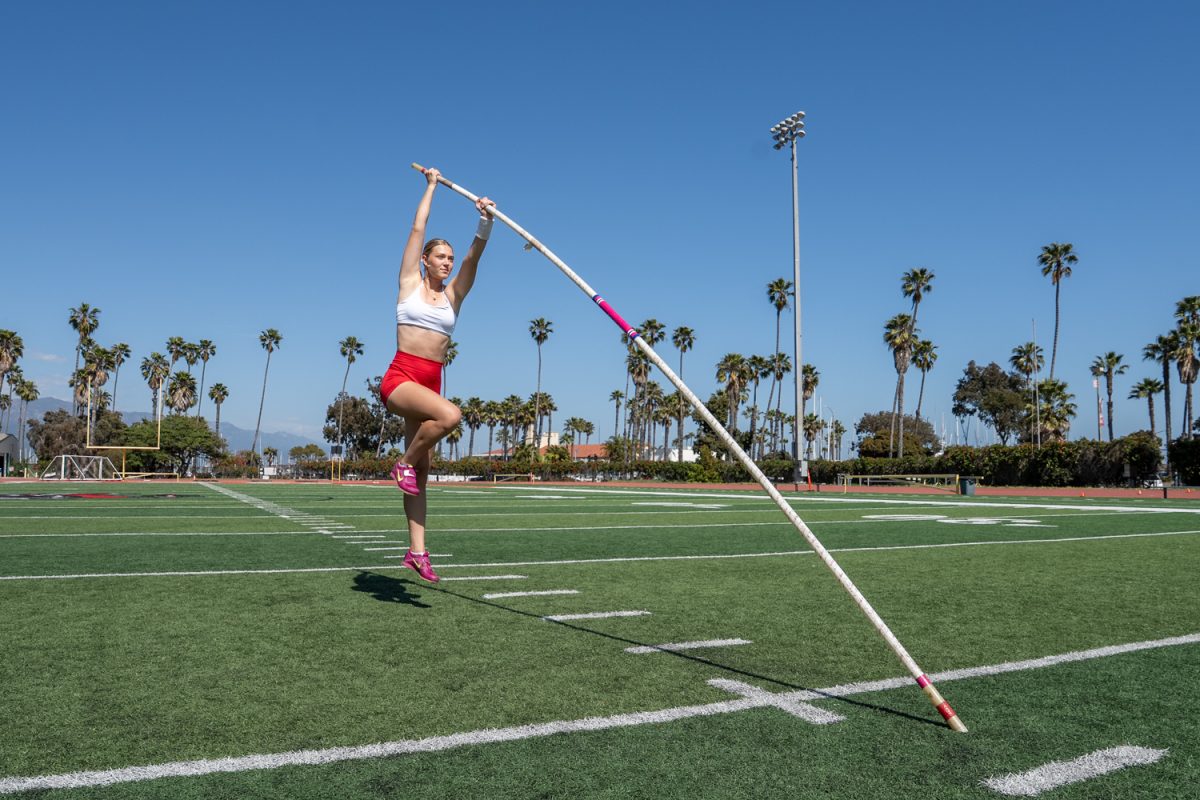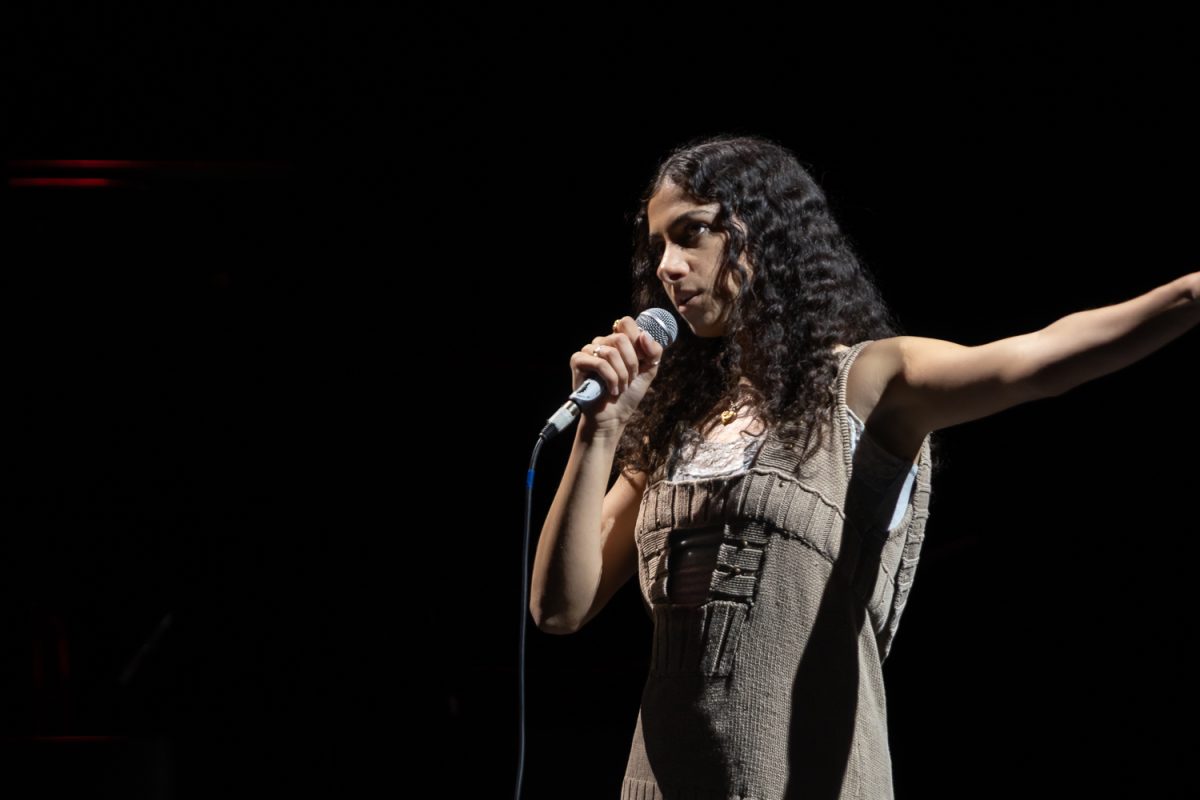Out with the old and in with the new. The fashion industry is ever-changing, as clothing brands pump out garment after garment, with trends and seasons rolling out faster than consumers can keep up with. Cheap, fast fashion has infiltrated the closets of the average consumer with the mass production of copy and paste items. Some Santa Barbara residents reject this conventional style and are adopting sustainable methods of purchasing clothing to intentionally craft their closets, while also mitigating climate change.
Human activities have been the largest contributor to the increase in greenhouse gas emissions, which have greatly disrupted the balance of the atmosphere and drastically heightened the effects of climate change, according to the UN’s Provisional State of the Global Climate Report.
To prevent further climate damage, humans are assuming new responsibilities to reduce carbon emissions and act more sustainably. Local efforts to combat climate change can blossom through different actions, one being participating in sustainable fashion.
City College Professor of environmental geology Kristen Sneddon acknowledges the huge environmental impact that fast fashion has while living in a “throw away society.”
She emphasizes the importance of individuals changing their lifestyles now while there is still the opportunity to do so.
“We can do a lot locally to make a difference,” Sneddon said. “Students always push us farther. They have an expectation for our future.”
With Santa Barbara housing a leading program for environmental studies at The University of California, Santa Barbara, students feel the pressure to act sustainably when it comes to living in this community.
City College student Spencer Rosin, who thrifts the majority of his clothing and accessories, says he has felt the pressure to do better after taking an ES class.
The 20-year-old’s closet tells a story through second-hand pieces including vintage knit sweaters from his grandmother, eccentric patterns, a dark-toned camo bomber vest and silk dresses lined with ribbons and lace. His clothing transcends gendered fashion and complements his intention to convey a creative sense of self expression.
“I think that fashion is a really nice form of expression. I love to play with femininity and masculinity in my fashion because I feel like those things are so rigid in society,” Rosin said.
Another City College student Gabby Paddick participates as a vendor at several flea markets in Santa Barbara, where she resells her collection of vintage clothing and reworked jewelry, under her brand name Recycled Bling.
Paddick sells clothing at flea markets to break the vicious consumerist cycle which she blames for propagating the fast fashion industry’s exploitative nature.
“You vote with your dollar,” the 19-year-old business major said. “If you are okay buying poor quality clothes at a certain price, all of the fashion companies are going to take that into account, and they are going to lower the quality of clothing and amp up the production to maximize their profit.”
The fast fashion industry is sustained by American consumerist culture, which is encouraged by advertisements and social media that create a sense of urgency for clothing companies to produce items that will match the pace of rapidly evolving trends.
Thrifting allows buyers to handpick unique clothing that isn’t found on a rack in a retail store along with 20 duplicates of the same item. City College student Aminata Daffeh shares her appreciation for thrifting as a way to act sustainably through the selling of her clothing at flea markets, including “Thriftopia,” where both Paddick and her vended at on Nov. 12 in Isla Vista, California.
“It’s cool to have a story,” the avid thrifter said. “You don’t know what someone was wearing, and doing before in your clothing that you have now, I think that’s really special.”
“Thriftopia” along with another local flea market called “BAAD Sunday”, are hosted by 30- year-old Brittney Cotledge, a former City College student who wanted to “open a hub for like- minded people,” where sellers could build relationships and buyers could shop sustainably.
Fast fashion is not just shrinking the lifespan of clothing, as 92 million tonnes of textiles waste are thrown into landfills each year. It is also shrinking the lifespan of individualized senses of style and the lifespan of the environment.
Fashion can provide a universal connection through people’s adoration, participation and showcasing of it. It is used by many as an outlet for self expression, as pieces come together to externally present internal emotions, moods or personas.
The collapse of environmental stability has led to a spiral towards irreversible climate damage, which calls for individual action to prevent it from reaching that point.
“Living a sustainable lifestyle, even if it’s as miniscule as the clothing you wear [being] all pre-owned, thrifted, [or] second hand, makes all the difference,” Cotledge said. “Collectively, we all can lower our carbon footprint and get one more article of clothing out of the landfills.”


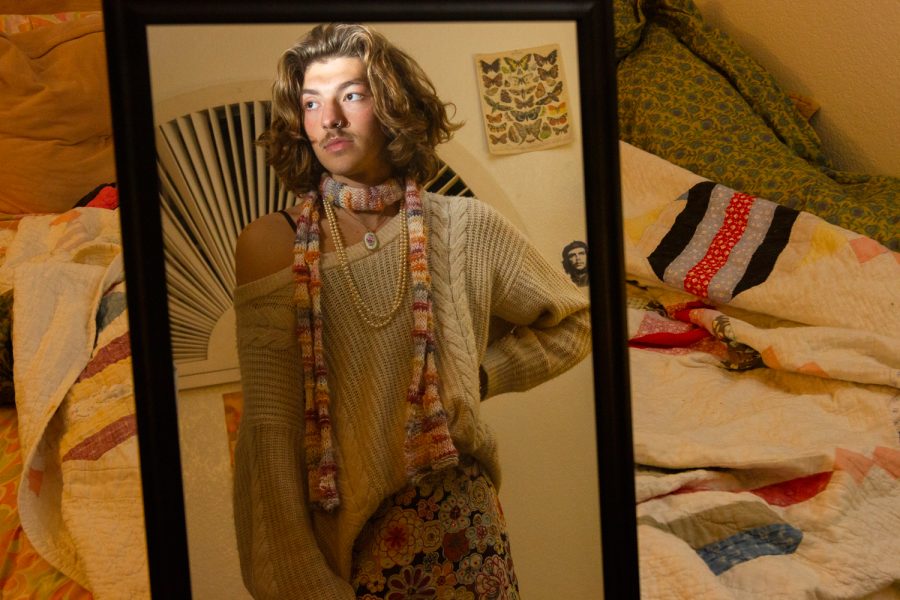

![Milton Alejandro Lopez Plascencia holds a flag showcasing the United States and Mexico on Feb. 7 in Santa Barbara, Calif. “It’s heartbreaking to see what is happening all across the country,” Lopez Plascencia said. “I [want] my voice to be heard by the community.”](https://www.thechannels.org/wp-content/uploads/2025/05/MGSImmigration-1-1200x800.jpg)

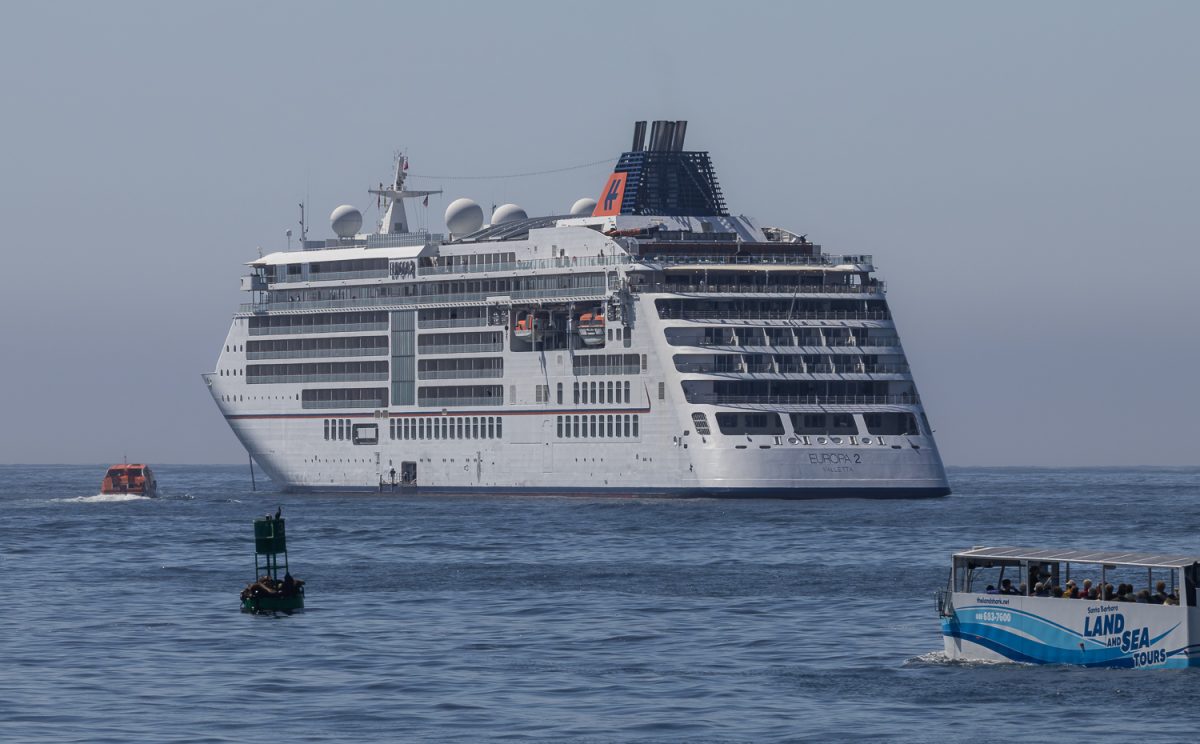
![The new Dean of Social Science, Fine Arts, Humanities and English, Eric Hoffman beams on May 2 in Santa Barbara, Calif. "My major professor in college [inspired] me," Hoffman said. "You can really have a positive impact on people's lives in education."](https://www.thechannels.org/wp-content/uploads/2025/05/MGSHoffman-2-1200x800.jpg)
